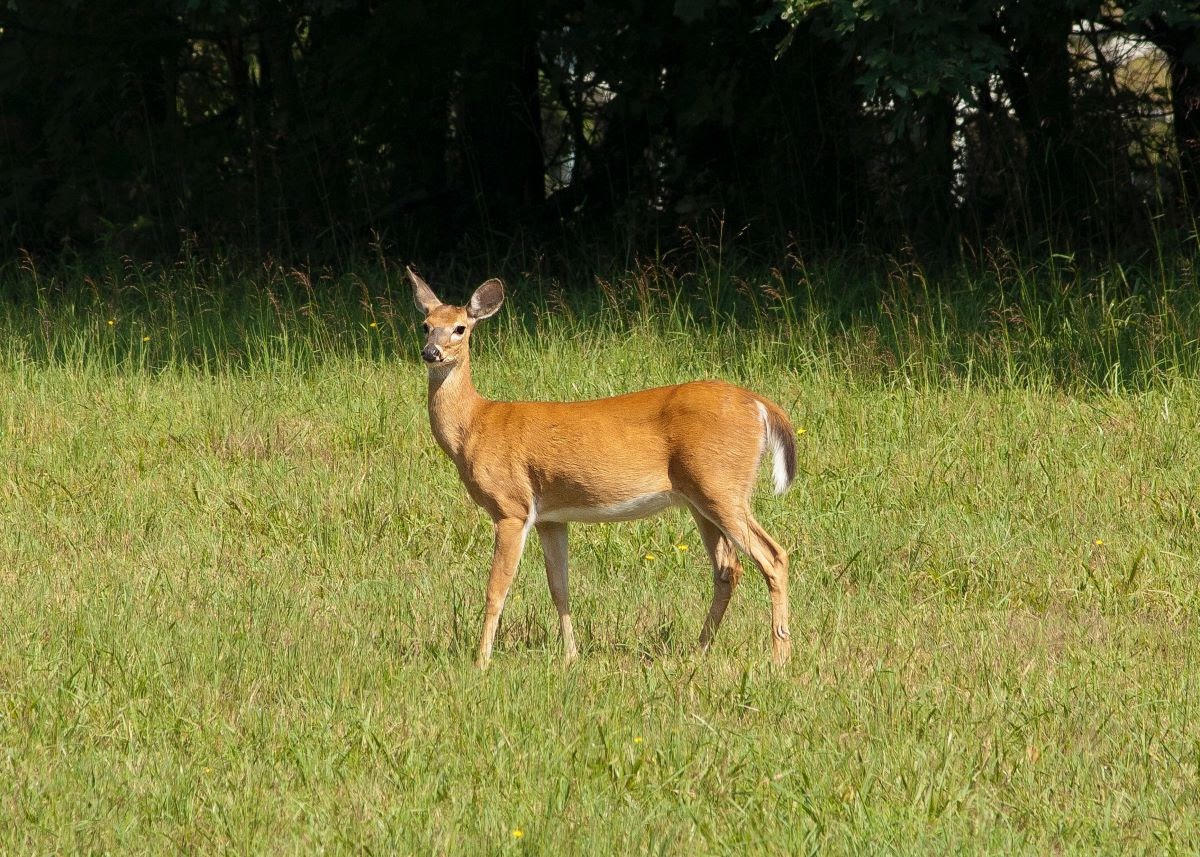
The deer of The Hub aren’t too unlike the people — both appreciate a diverse, local food scene. But while you stick to the varied fare found along Congress Street and in North End, the native white-tails prefer the finds served up in your very own garden.
Fend off their feasting with a landscape redesign full of deer-resistant plants. Of course, if food is scarce, these forest animals will eat just about anything to survive. But, if you populate your plot with bitter tasting, rough-textured, strongly scented flowers, shrubs, trees, and ornamental grasses, the odds of deer destroying them are slim.
To get you started, we’ve compiled a list of plants that bring beauty, rather than hungry deer, to your yard.
14 Deer-Resistant Plants and Trees to Grow in Boston
1. Creeping mahonia
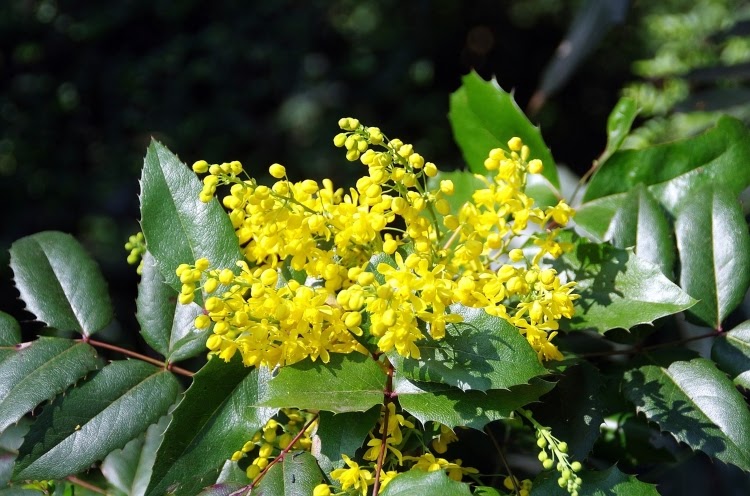
Otherwise known as “Oregon grapeholly,” this evergreen shrub lends pops of color and texture to shade gardens. Grown for its year-round interest — showy, yellow blooms in spring, grape-like fruits in summer, and leaves that go from dark green to burgundy in fall and winter — creeping mahonia embodies natural deer resistance via its scent and prickly foliage.
- Examples of creeping mahonia cultivars: King’s Ransom, Orange Flame, and Emerald
- Care: Low-maintenance. No need to deadhead or prune. Regular watering and fertilizing are unnecessary once creeping mahonia is established.
- Flowering: Yes; lightly scented yellow flowers in spring.
- Cost: Get a potted plant for around $25.
2. Larkspur
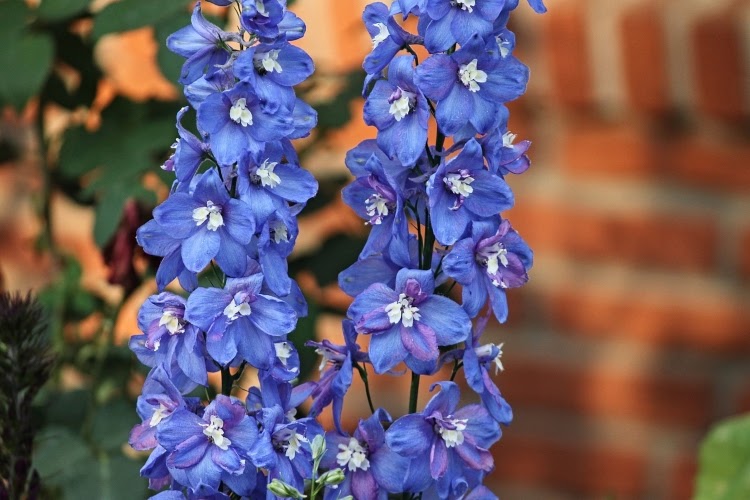
Welcoming the onset of spring with tall stalks that sprout clusters of blue, purple, pink, or white flowers, larkspur has been a garden tradition for centuries. While beautiful to look at, this flowering plant, which can be an annual or perennial, is highly poisonous — to humans and animals, including deer.
- Examples of larkspur cultivars: Cloudy Skies, Blue Bell, and Imperial
- Care: Full sun, well-drained soil, and mulch in the spring; supplemental watering during drought.
- Flowering: Yes; blue, pink, purple, or white in early spring.
- Cost: One seed packet costs about $4.
3. Corkscrew willow
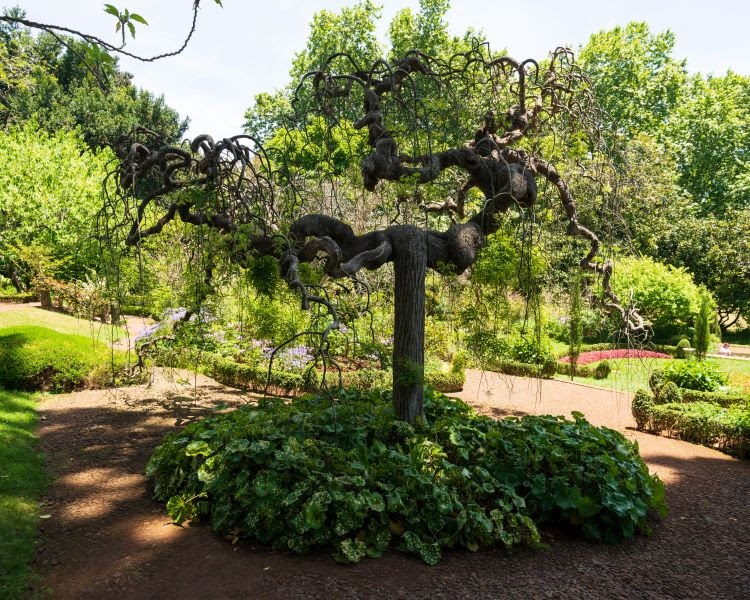
It’s not so much the insignificant spring blooms that draw homeowners to this deciduous tree. Rather, the corkscrew willow is admired for its bright yellow fall leaves that give way to an artistic arrangement of branches that curl and spiral at random. What’s more, deer steer clear due to the bitter taste of its bark and leaves.
- Examples of corkscrew willow cultivars: Golden Curls, Tortuosa, and Scarlet Curls
- Care: Tolerates a variety of soils; plant in full sun or partial shade and water during drought.
- Flowering: Yes; subtle, petalless flower spike.
- Cost: Plan to spend between $100 and $200 on a live plant.
4. Foxglove
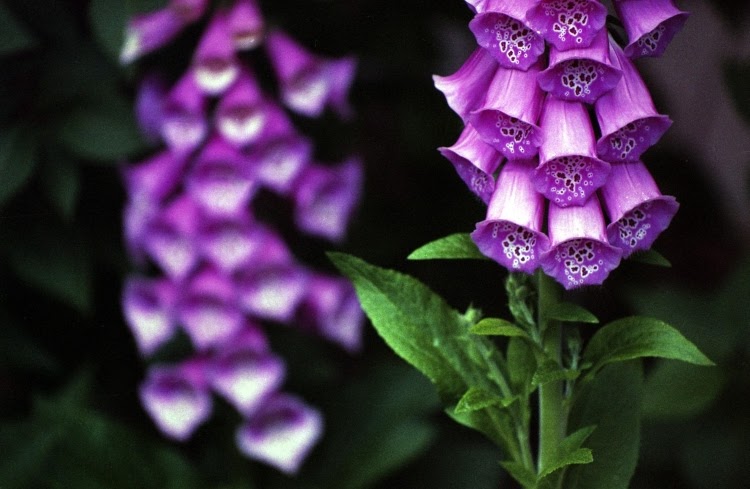
Foxgloves, biennial plants, are known for their beautiful, cylindrical blossoms of purple, pink, cream, or white. All parts of this plant are toxic to people and wildlife, though, which helps ensure the deer stay away.
- Examples of foxglove cultivars: Waldigone, Temple Bells, and Apricot Beauty
- Care: Low. Prefers partial shade and well-drained soil. Deadhead as needed.
- Flowering: Late spring to early summer; pink, purple, cream, or white flowers
- Cost: Seeds (around $3) and live plants (about $15).
5. Kousa dogwood
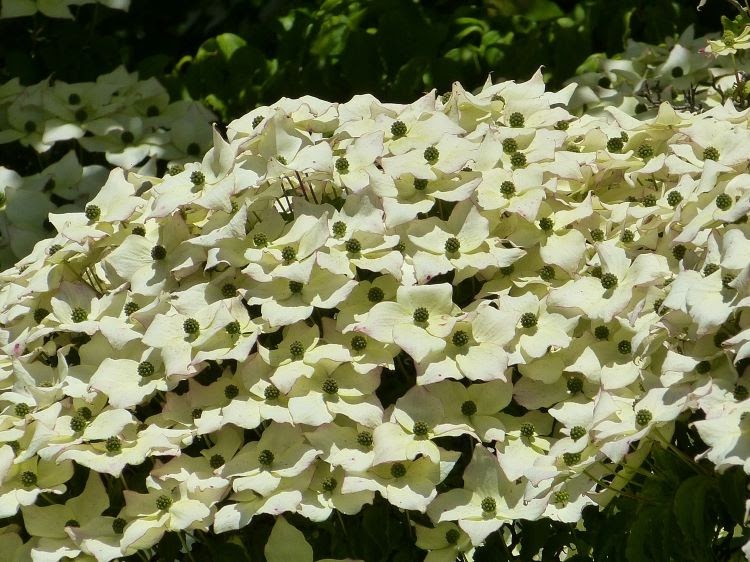
Besides a spray of pink, yellow-green, or white flowers in early summer, this small, deciduous tree makes a great specimen plant for modest yards. Easy to grow even for those who consider themselves novice gardeners, the kousa dogwood also yields edible reddish-pink fruits. The rough, bitter-tasting skin of this fruit may be what deters deer.
- Examples of kousa dogwood cultivars: Blue Shadow, Gold Cup, and Milky Way
- Care: Low-maintenance; needs full sun or partial shade and well-drained soil.
- Flowering: Yes; pink, white, or yellow-green blooms.
- Cost: Get a bare-root tree for around $16.
6. Autumn crocus
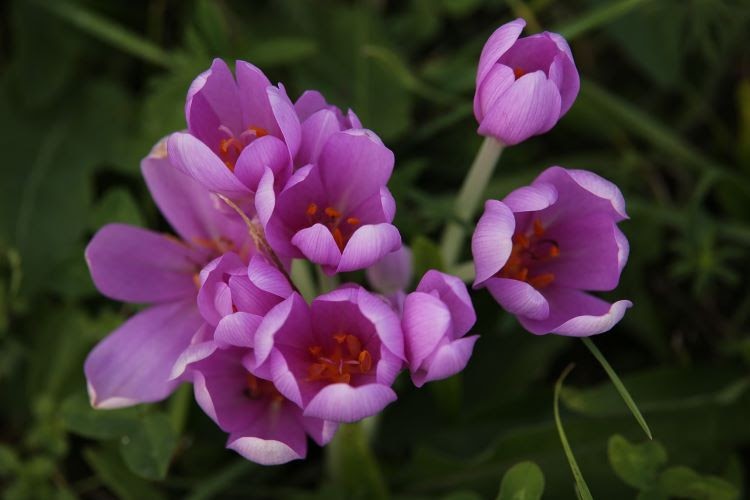
Growing 6 to 12 inches tall, this perennial is a lovely addition to fall gardens. Showing off blossoms of purple, white, yellow, and pink from September through November, autumn crocus works well as pathway borders, container plants, and in rock gardens. And, since this plant is poisonous all over, deer stay away.
- Examples of autumn crocus cultivars: Waterlily, Album, and The Giant
- Care: Easy; requires full sun or partial shade and well-drained soil.
- Flowering: Purple, white, yellow, or pink in autumn.
- Cost: Purchase a pack of 25 bulbs for around $22.
7. Hyacinth
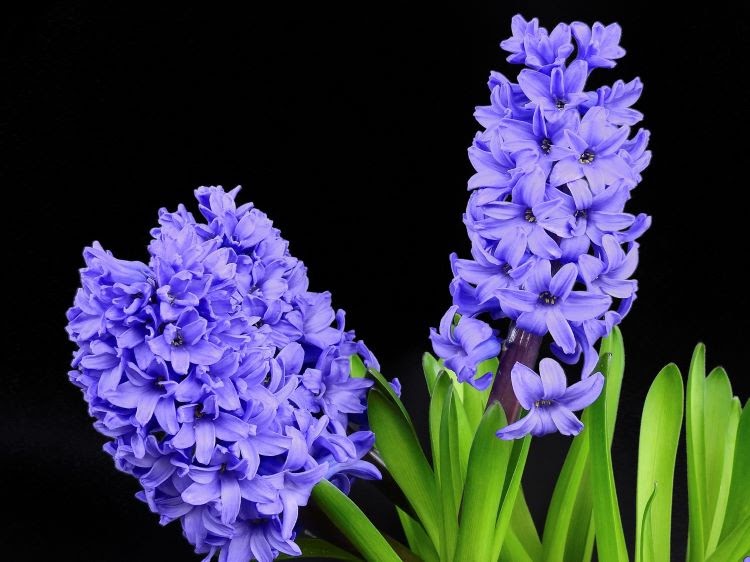
A perfect addition to your raised garden beds, patio containers, and rock gardens, hyacinths release a floral fragrance while blooming in spring, which prevent deer from taking a bite. The bulbs, too, are deer-resistant, as they contain a toxic, acidic substance.
- Examples of hyacinth cultivars: Blue Jacket, City of Harlem, and Carnegie
- Care: Plant in full sun/partial shade and well-drained soil. Water bulbs regularly, fertilize annually, and prune as needed.
- Flowering: Yes, in just about every color, including peach, white, pink, orange, red, and blue.
- Cost: Bulbs range in price from $20 to more than $100, depending on the amount you choose.
8. Barberry
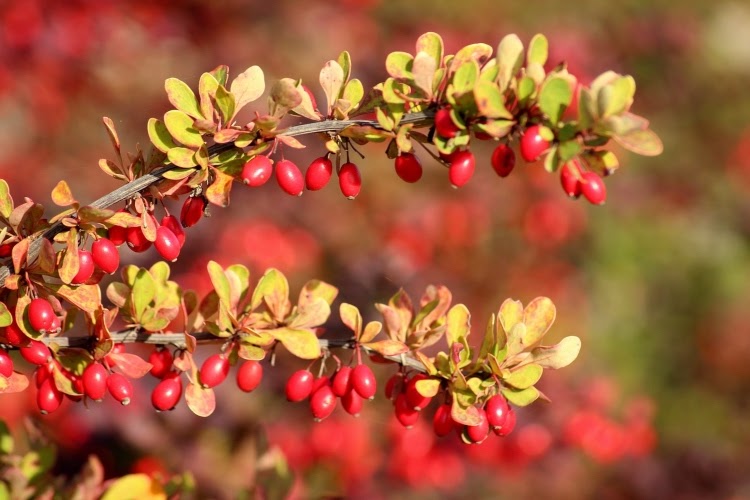
Because of its spines and thorns, deer tend to avoid making a meal of this plant. Grown as an evergreen or deciduous shrub, depending on the variety, barberries work well as living privacy screens, ornamental specimens, or foundation plants.
- Examples of barberry cultivars: Rose Glow, Aurea, and Ruby Carousel
- Care: Low-maintenance; prune twice yearly and mulch to maintain moisture.
- Flowering: Yellow flowers in spring; some also produce red berries.
- Cost: Live plants can range in price from $40 and $75.
9. Mugo pine
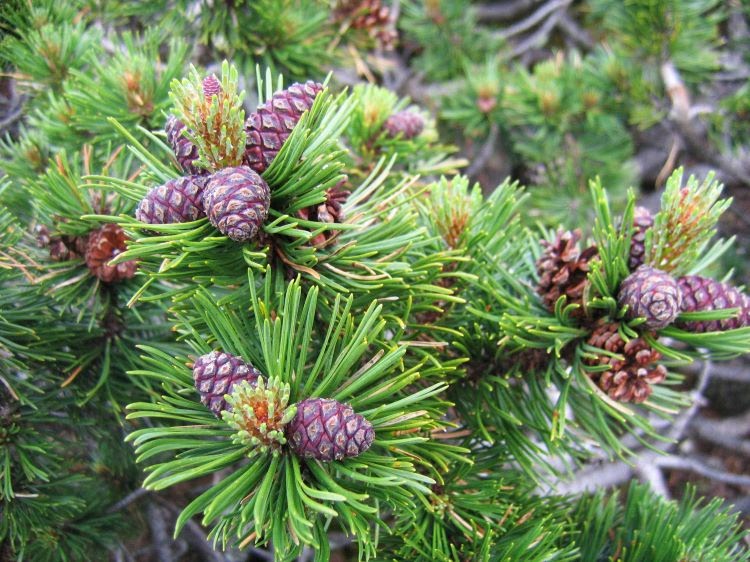
A coniferous evergreen, mugo pine can reach heights of 20 feet. Avoided by deer because of its texture, mugo pines make the best privacy screens, and can even work well as container plants.
- Examples of mugo pine cultivars: Gallica, Tannenbaum, and Compacta
- Care: Prune yearly; needs full sun and tolerates variety of soils, as long as they’re well-drained.
- Flowering: Inconspicuous black flowers; no ornamental value.
- Cost: A live plant can run you close to $80.
10. Forsythia
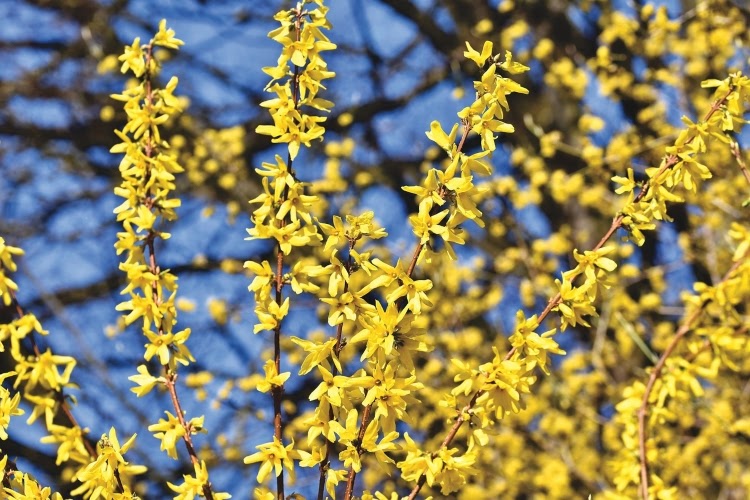
This deciduous shrub has a honey-floral aroma that sends deer packing. Homeowners, though, love it for its bursts of yellow color in spring and fall. Plant forsythia in full sun and well-drained soil for best results.
- Examples of forsythia cultivars: Northern Sun, Gold Tide, and Lynwood Gold
- Care: Low-maintenance. Water weekly, fertilize quarterly during growing season, and prune annually.
- Flowering: Yes; golden-yellow blooms in early spring.
- Cost: Purchase live plants for about $25 to $100, depending on size.
11. Ribbon grass
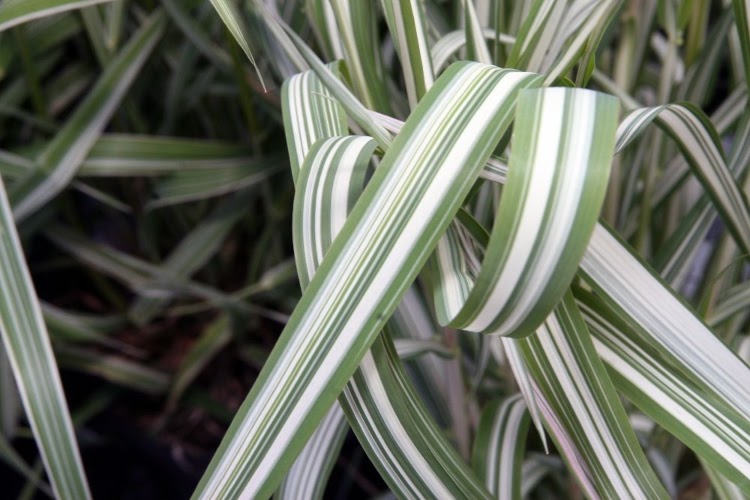
Ornamental grasses, such as ribbon grass, are generally avoided by deer, most likely due to the texture of their blades. An easy-to-care for ground cover, this cool-season variety is drought-tolerant and perfect for garden beds and landscapes. Note: It can become invasive, so watch out for that.
- Examples of ribbon grass cultivars: Feesey, Picta, or Strawberries & Cream
- Care: Low-maintenance. Plant in full sun or partial shade; ribbon grass can tolerate just about any soil type.
- Flowering: Almost never. If it does flower, the blooms are small and barely noticeable.
- Cost: Buy a live plant for close to $40.
12. Japanese wisteria
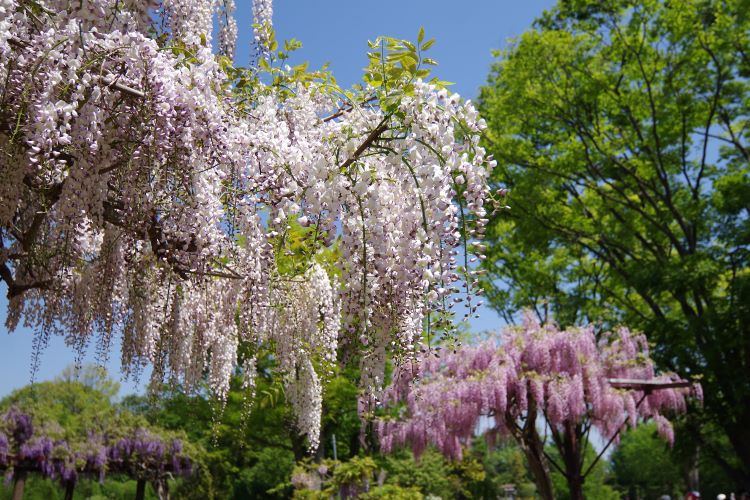
Draping arbors, trellises, and pergolas in its vibrant, dark purple flowers, Japanese wisteria presents a sweet, pleasing aroma to the surrounding air. Besides spring blooms, this climbing plant also offers fall color — its foliage turns a golden yellow.
- Examples of Japanese wisteria cultivars: Domino, Snow Showers, and Rosea
- Care: Requires full sun for best blooming; prune regularly to encourage new growth and to maintain shape and size.
- Flowering: Yes; dark purple flowers in spring and early summer.
- Cost: Buy a live, bare-root plant for around $10.
13. Siberian squill
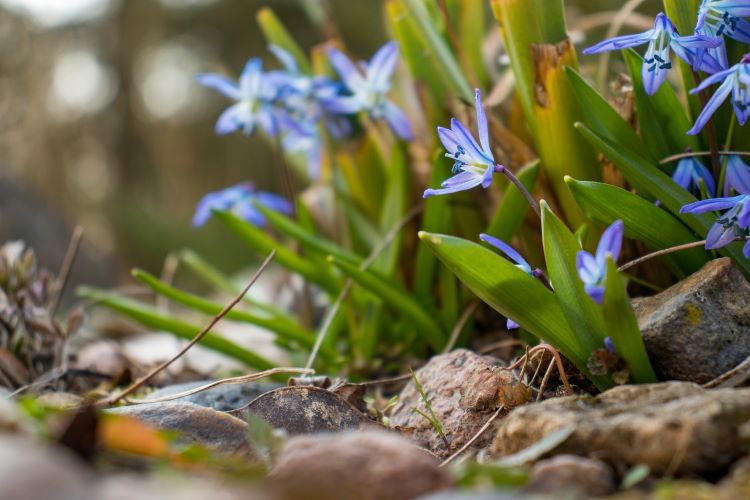
In spring, Siberian squill will dot your landscape with bursts of blue, sprouting from green, grass-like foliage. Belonging to the lily family, this plant is toxic when eaten; this combined with its strong, floral fragrance is a natural deer repellent.
- Examples of Siberian squill cultivars: Spring Beauty, White City, and Miss World
- Care: Easy. Siberian squill is winter hardy, but it needs full sun or partial shade and well-drained soil.
- Flowering: Yes; blue flowers in spring.
- Cost: Depending on the number of bulbs you need, prices range from $7 to more than $100.
14. Bleeding heart
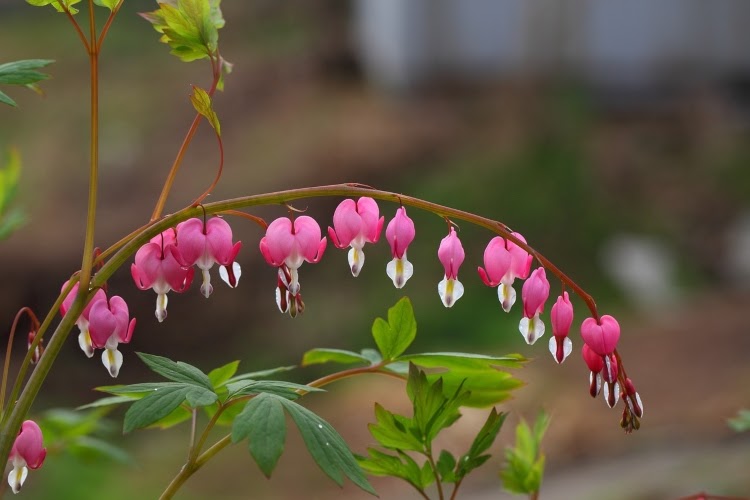
The dangling, heart-shaped blooms of bleeding hearts are typically pink with white centers. While hummingbirds, bees, and other pollinators are attracted to this plant, deer avoid it because of its toxic isoquinoline alkaloids, which can cause liver damage.
- Examples of bleeding heart cultivars: Dutchman’s Breeches, Alba, and Gold Heart
- Care: Low-maintenance. No need to deadhead or prune. Bleeding heart is drought-tolerant and thrives in partial shade.
- Flowering: Yes; pink, white, or red flowers.
- Cost: Bare-root plants cost around $12 each.
Deer-Resistant Plants and Trees in Boston: Other Things to Know
What other plants keep deer away?
Besides the ones on this list, other plants to grow in The Hub that deer are less likely to eat include:
- Common boxwood
- Witch hazel
- Bayberry
- Redtwig dogwood
- Common sassafras
- American holly
To tell if a given deer-resistant plant will survive in Boston, check its USDA Planting Zone.
When to Call the Landscaping Pros
Gardening can be one of the most relaxing, stress-reducing, DIY projects, but, if the actual labor of planting isn’t really your thing, you can always get help from a landscaping pro.
A landscaping expert will help with plant and location selection, as well as installation. Then, all you’ll need to do is sit back and enjoy the results.
Main Photo Credit: Pexels